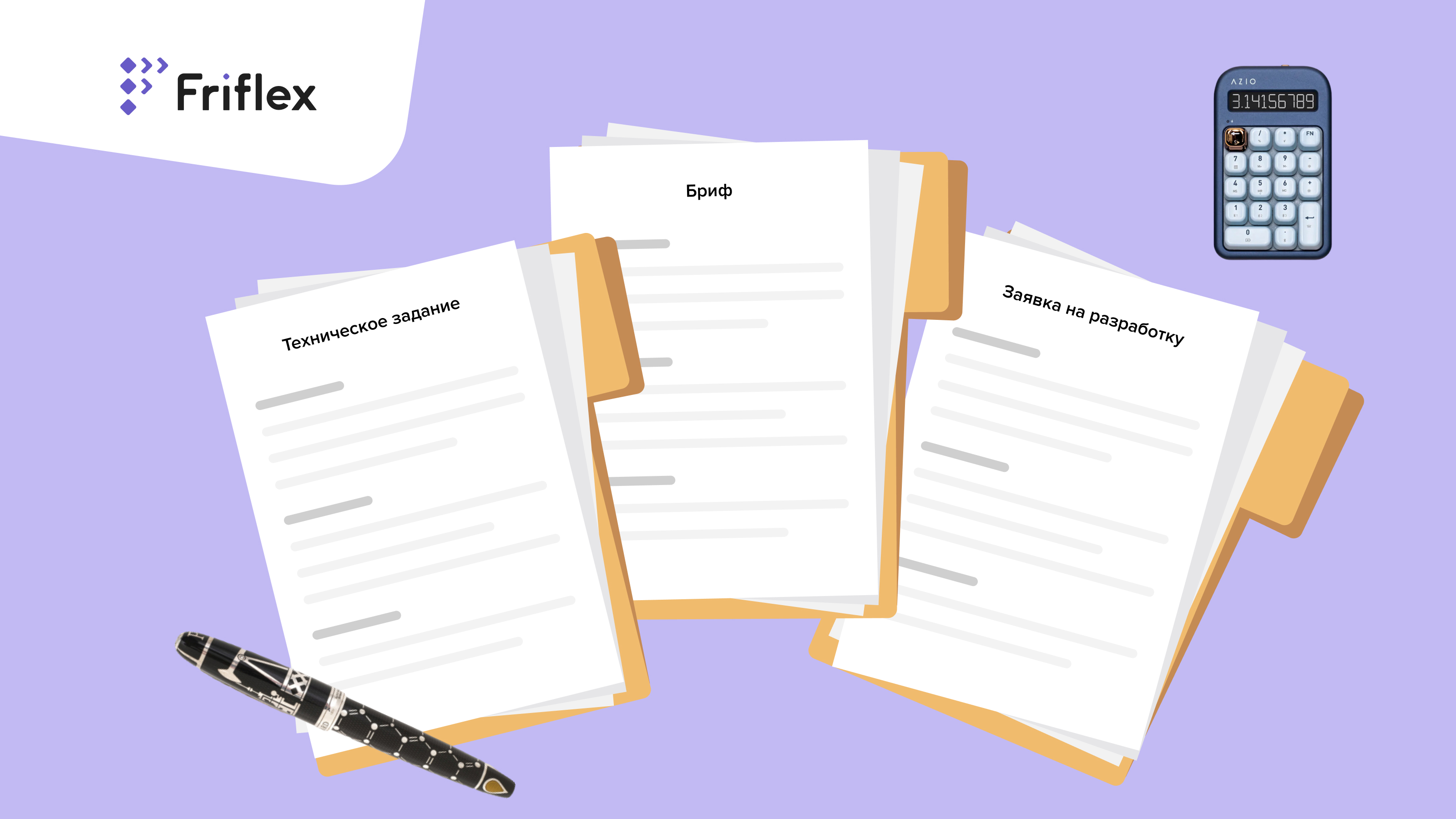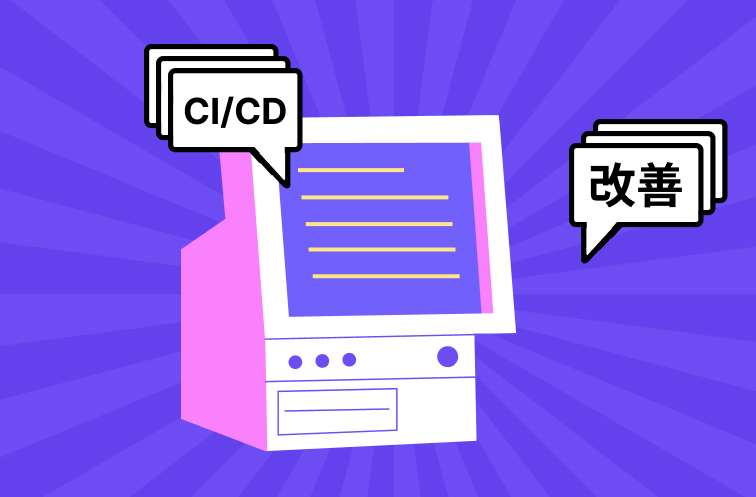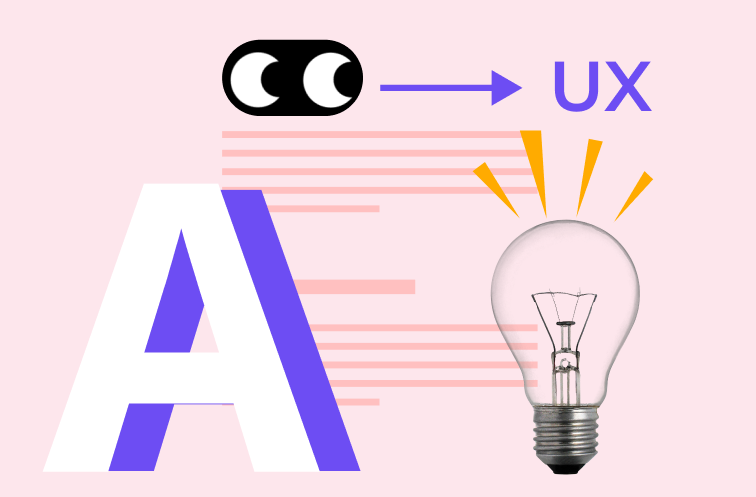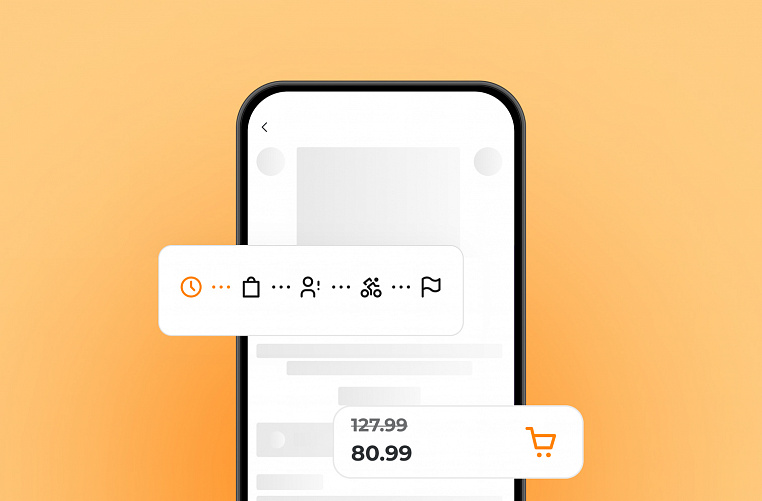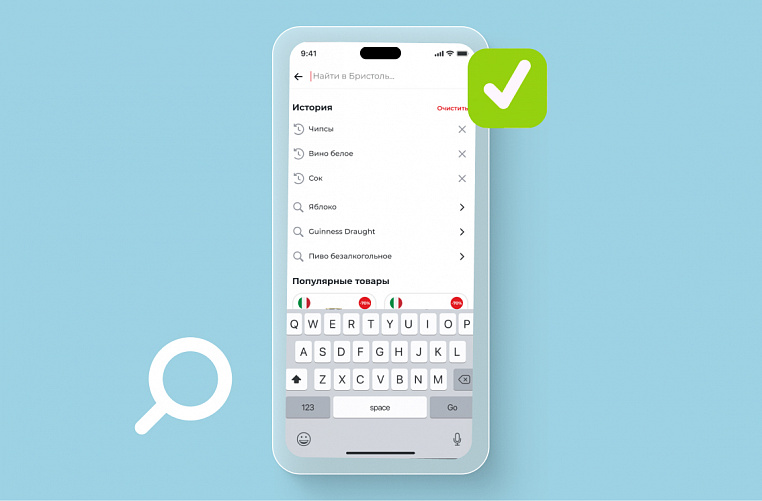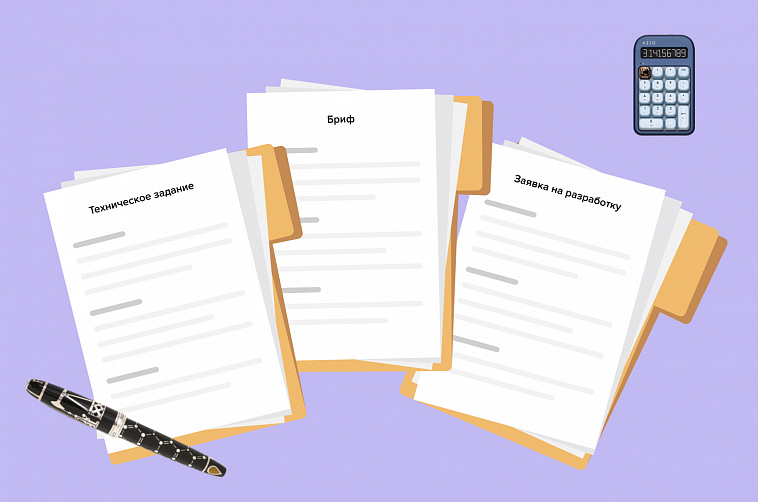To ensure that the contractor precisely understands your project vision, it is important to write a development request correctly. At Friflex, we often deal with this document and use it when preparing a technical specification. In this article, we delve into the differences between a development request and a technical specification and offer advice on how to compose a truly flawless one.
Development Request and Technical Specification: What's the Difference
A development request is a document where the client, in the language of their business, describes the project, its functions, and tasks. Sometimes it is called a "brief."
"In the request, it is sufficient to provide a minimum of data: contacts, a brief description of the project, and an approximate budget. This will already allow us to make a preliminary analysis and prepare for the initial meeting. On the other hand, the more information we receive upfront, the more substantive the communication is at the beginning. The general rule is to send everything you have on the project. This will expedite the estimation process and start the work," notes Petr Saraev, a Project Manager at Friflex.
A technical specification is a document with a detailed description of the product requirements. It articulates the client's expectations in technical terms. The document can be prepared by either the client or the contractor. For example, some development companies document negotiations and write technical specifications based on them.
Tips to Write a Good Development Request
- Specify the service. For example, "development of a mobile application." If you have a ready part of the project, it's worth mentioning.
- Describe the project in general terms. Sometimes it's enough to name the main function to understand the purpose of the digital product. For example, "grocery delivery." Sometimes you can write a whole book about the project.
- Move on to the details. In the development request, it's not necessary to delve into small details, such as specifying the size of push notifications or the color of buttons. However, it will be very useful if you describe the features and technical characteristics you want to see in your digital product.
- Talk about expectations. Share what results you expect from product development. Do you want to increase conversion to purchase or timely inform event attendees about schedule changes? If you have already identified key performance indicators (KPIs), you can also specify them immediately.
- Show examples. If you have examples (references) of digital products that inspire you, you can show them and describe which elements you like and dislike. This will make it easier for the contractor to understand you.
- Leave contacts. It's better to specify one or two channels for communication and a convenient time for a call.
Why a Technical Specification is Needed
A technical specification shows how well the client and the contractor understood each other. This document is usually prepared by the developer. The client doesn't necessarily need to have deep technical knowledge, but the contractor should have enough expertise to think through all the nuances.
"When a potential client comes to us, we first gather complete information about their project and business tasks. To write a technical specification, we break down the big task into large high-level blocks. Then we discuss the tasks with the backend, design, frontend, and DevOps teams. Each team evaluates the complexity and time of their part of the work and clarifies business requirements and technical details. Based on these evaluations, we compile specifications - documents in which all tasks are divided into large stages. For example, according to the first specification, we develop user authorization or registration in the application. According to the second one, we add push notifications. According to the third one, we link the application to the loyalty system. This way, the client sees the work stages and understands the overall project cost. They can easily navigate the timing and related or blocking tasks. After approval from the client, based on the specifications, we write a technical specification. It details all stages of work and takes into account technical details," notes Dmitry Sulybkin, a Project Manager at Friflex.
What a Technical Specification Provides to the Client
A technical specification allows the client to understand how the features of the product will be implemented technically and what the cost of work consists of. They can immediately see the project structure, for example, a website or application, and learn how it will work.
In addition, a technical specification helps ensure the competence of the contractor. A good technical specification shows that the contractor has the experience, skills, and expertise to complete the tasks you discussed with them. If it is incomplete, the sequence and horizon of work are only vaguely guessed, and the risks are assessed incorrectly, it may indicate that the contractor lacks experience or simply does not understand your project.
When the project is ready, you can check whether the product features correspond to the technical specification. And if the collaboration didn't work out, with a ready technical specification, you can turn to another contractor. A new team will get involved in the project faster with a working document in hand.
What a Technical Specification Provides to the Contractor
A technical specification helps the contractor understand what the client wants. It documents agreements and speeds up development. If the client sets new tasks during the work, the technical specification helps evaluate resources.
For example, if the client switches to another loyalty program and needs additional features in the application, the team can add new tasks to the sprint. Or, when appropriate, insist on the need to strictly adhere to the plan.
At Friflex, we accept requests filled with just one line and multi-page technical specifications. If you have a project you want to implement, please fill out our brief.

